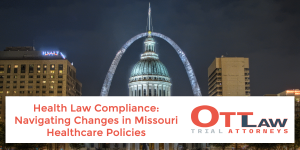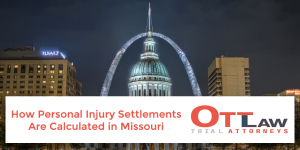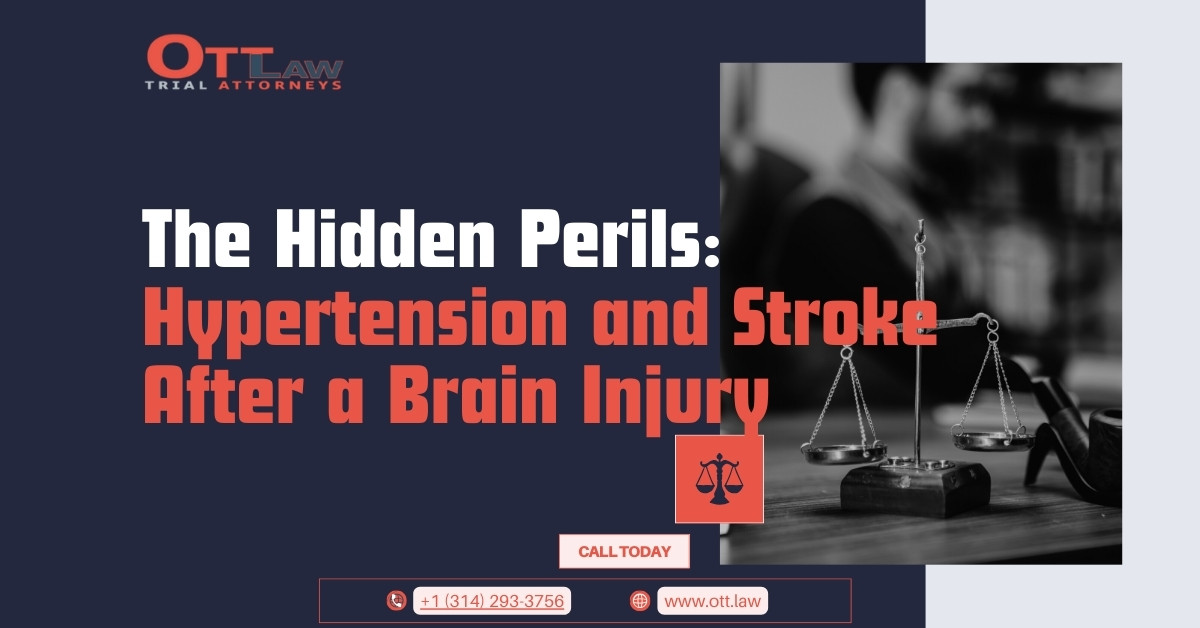When discussing traumatic brain injuries, immediate consequences often overshadow the latent repercussions. However, understanding the full scope of potential dangers, including hypertension and secondary strokes, is vital for comprehensive patient care.
A Cascade of Complications: How Brain Injuries Trigger Further Harm
Brain injuries can be the initial domino in a cascade of health complications. Following a traumatic event, patients might develop hypertension – elevated blood pressure. This condition, in turn, can lead to additional, more sinister threats, such as strokes.
Decoding the Medical Implications
Recent research highlights the intricate nuances of a brain injury’s aftermath. If, post-injury, the brain experiences hypoperfusion (insufficient blood flow), it becomes precariously vulnerable. Notably, its ability to react appropriately to added stresses like hypotension and hypoxemia diminishes.
This unfolding scenario implies that, after the initial trauma, a patient stands at an elevated risk of experiencing compounded damage. The already challenging path to recovery becomes even more daunting.
Vigilance in Monitoring: Recognizing the Warning Signs
Knowledge is power, especially when navigating the aftermath of a brain injury. Here are key indicators to be mindful of:
- Oxygen Saturation Levels: Check the patient’s O2 levels in emergency room records. A drop in oxygen can drastically reduce recovery chances.
- Jugular Venous Desaturation (SjO2): Levels below 50% for over 10 minutes may indicate insufficient oxygen supply, increasing poor outcomes.
- Cerebrospinal Fluid Indicators: If clear fluids are observed leaking from the ears or nose, this might be cerebrospinal fluid, signaling a potential brain injury.
By understanding these nuances, ensuring vigilant monitoring, and seeking timely interventions, the long-term outcomes for brain injury patients can be significantly improved.














